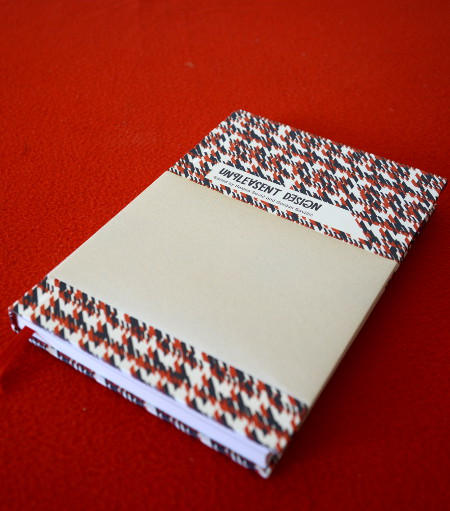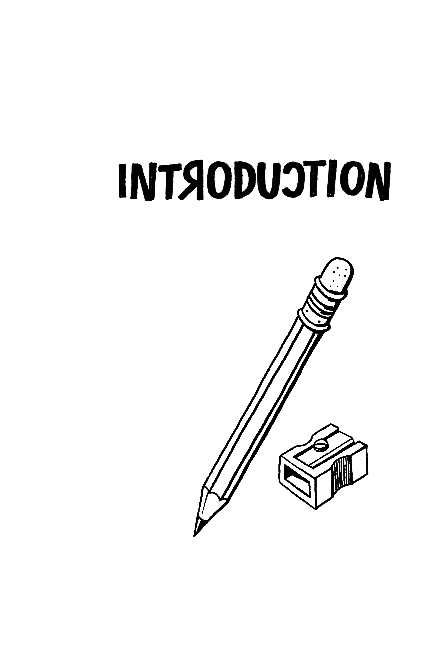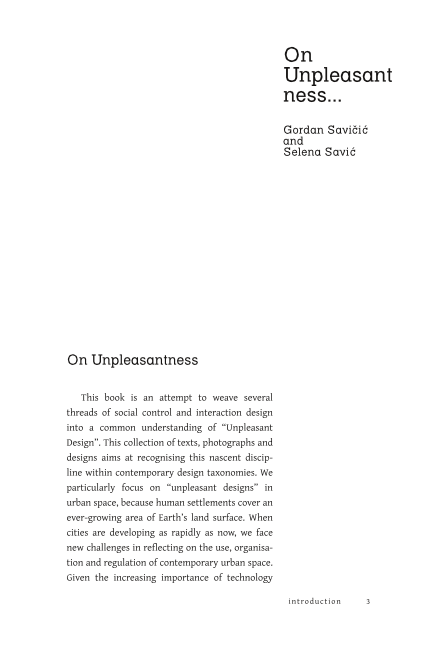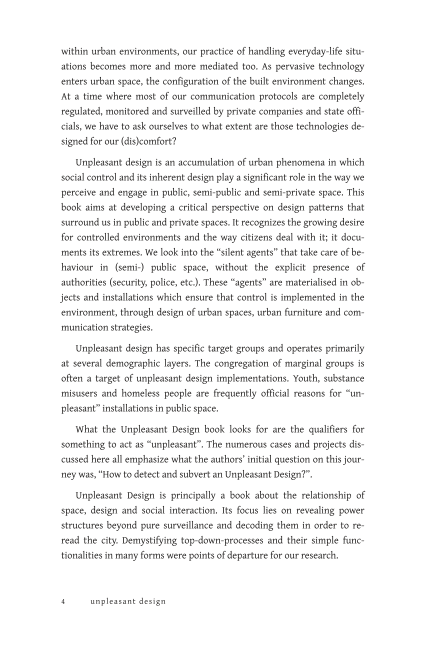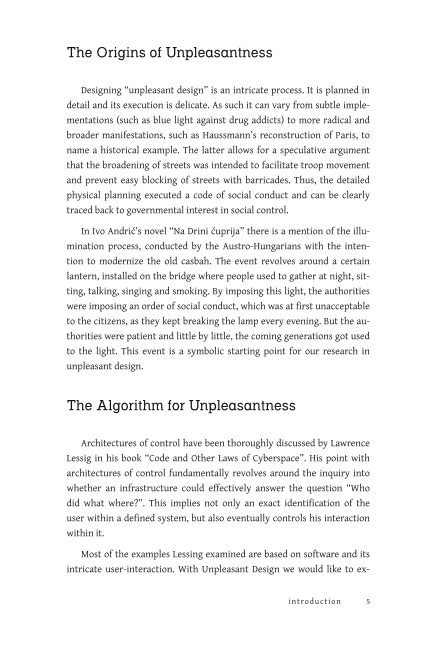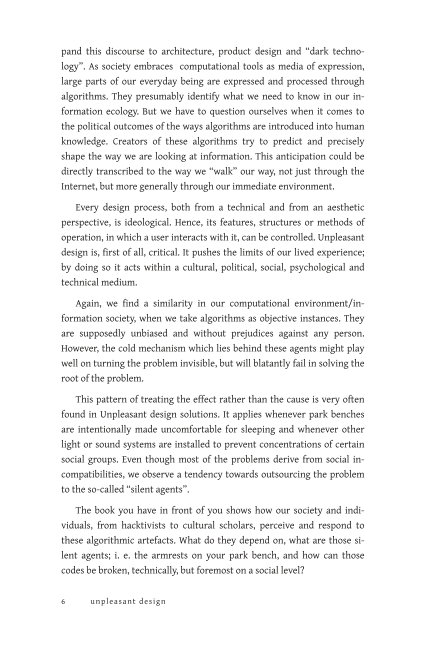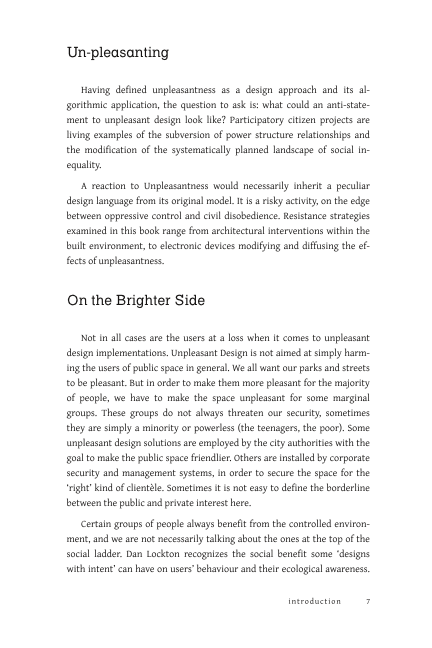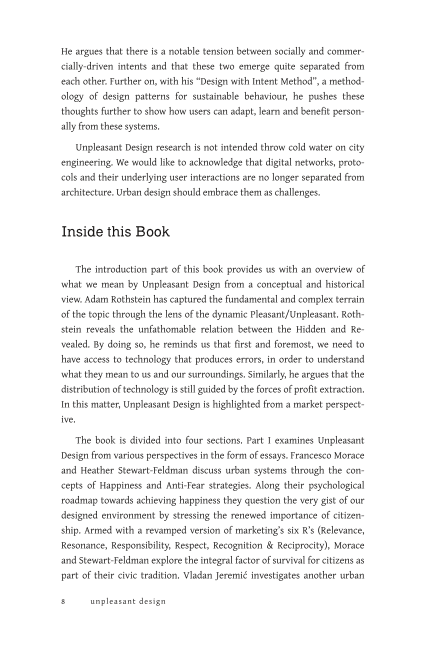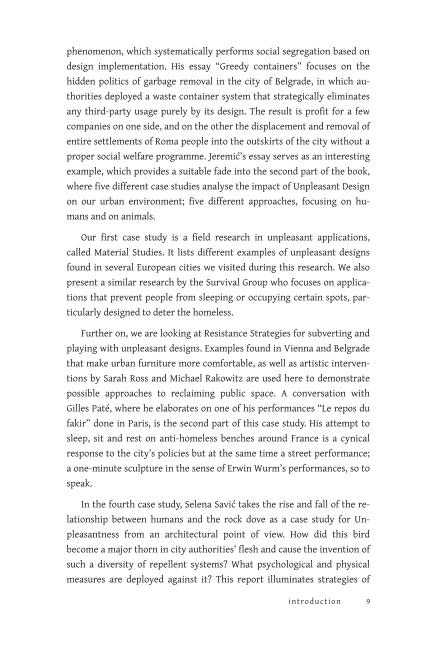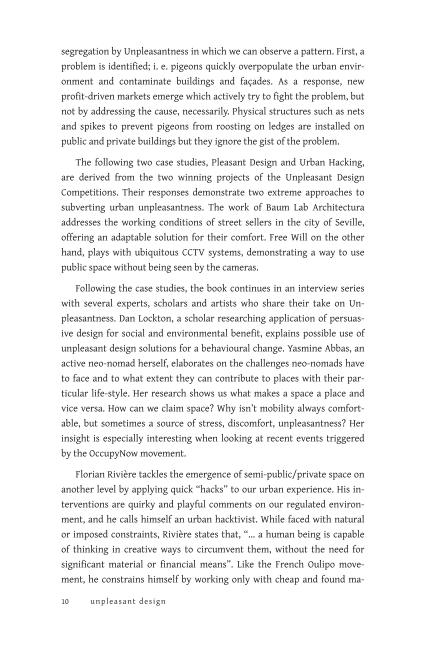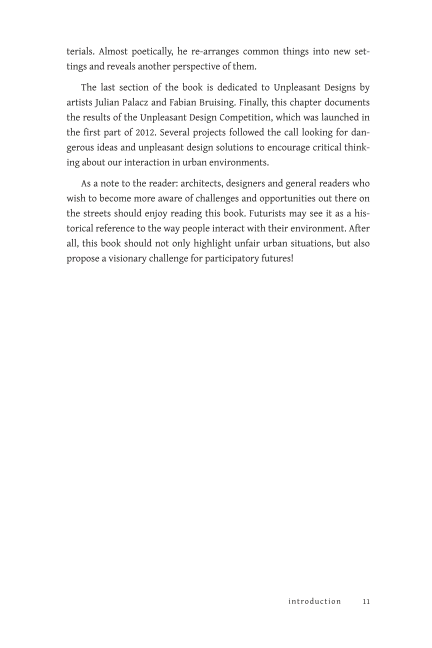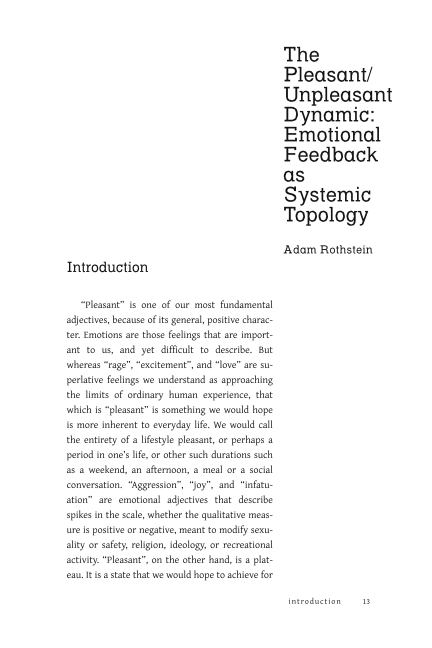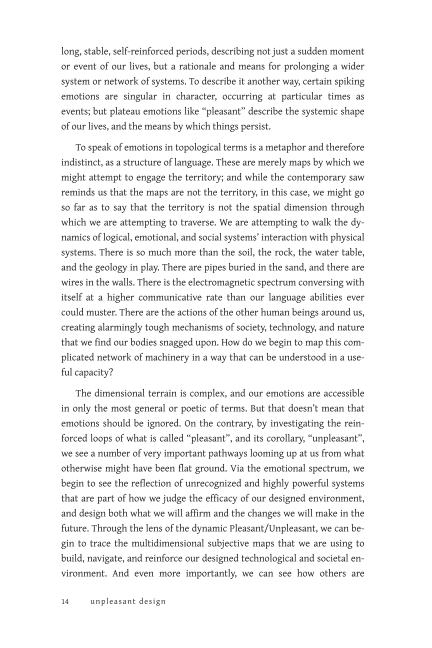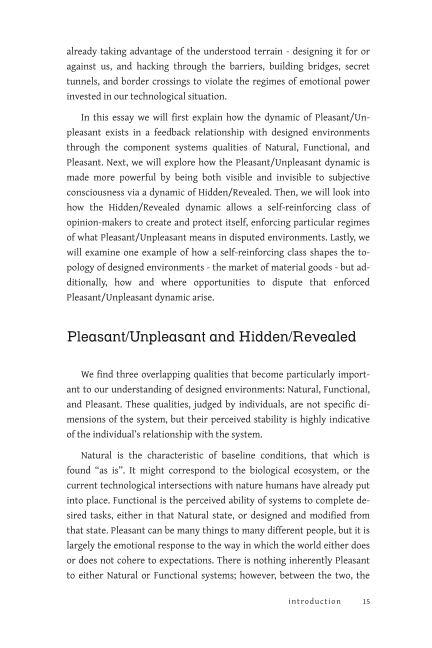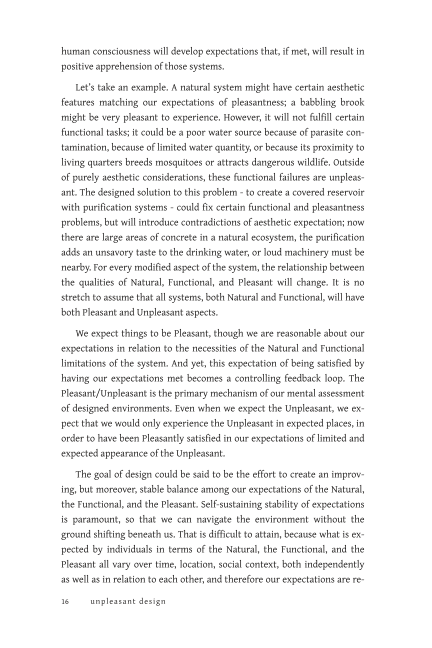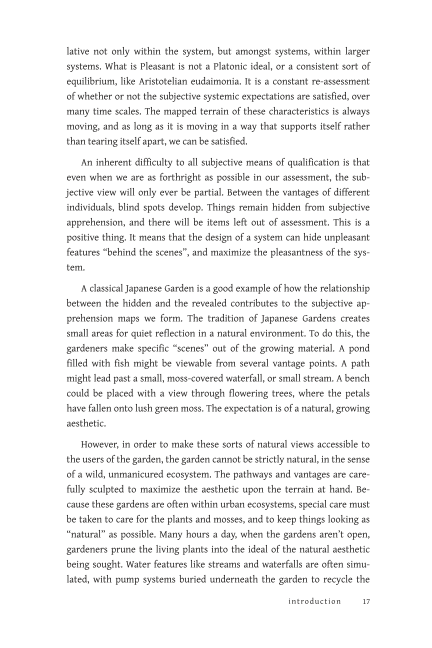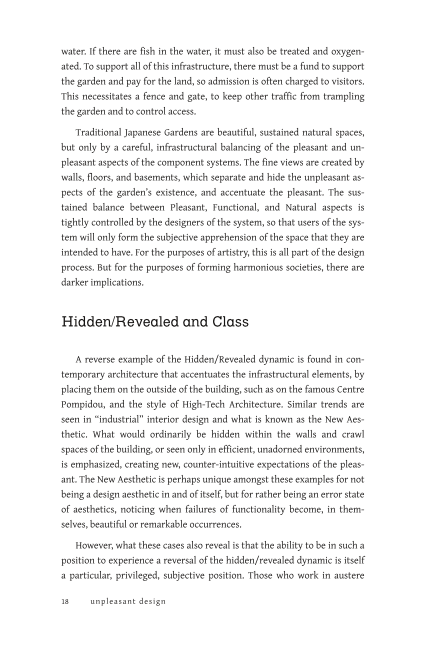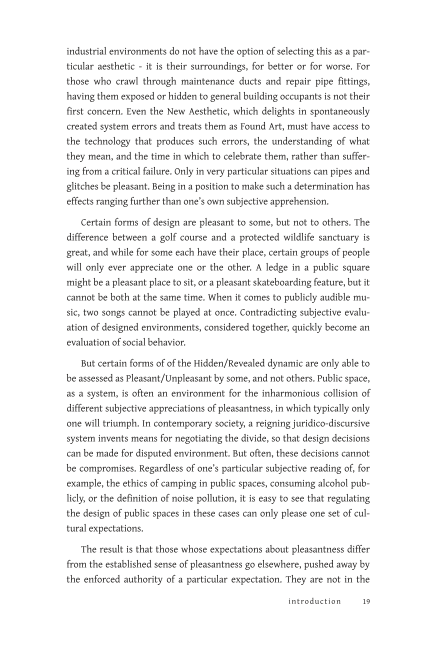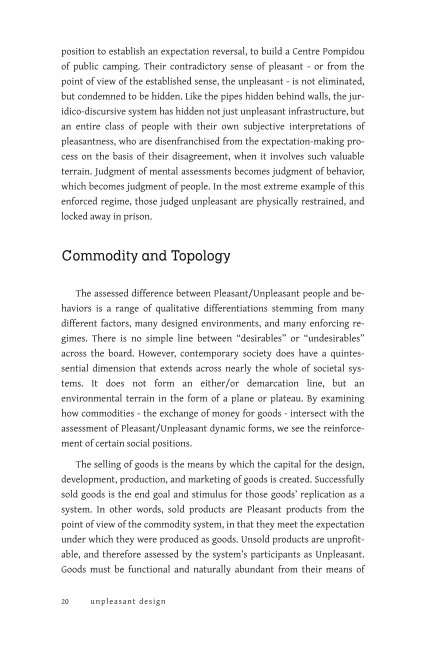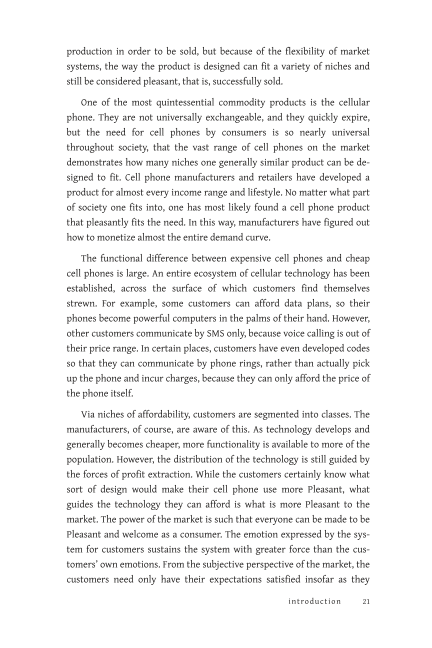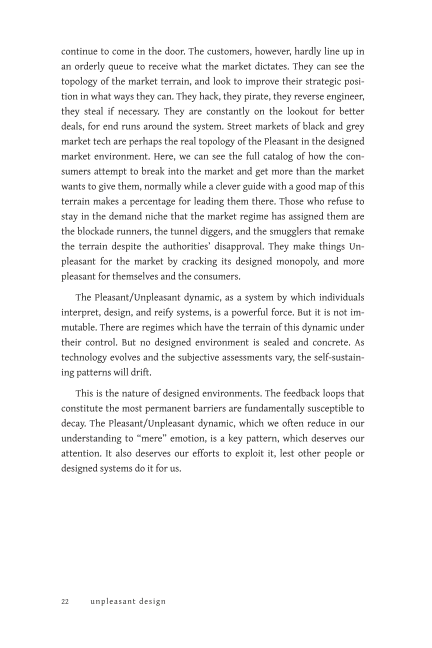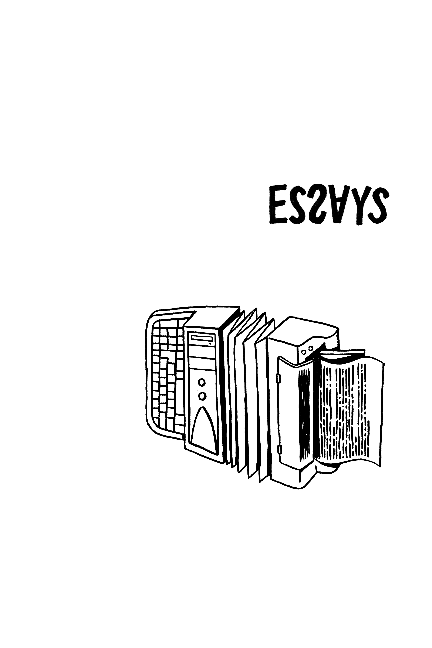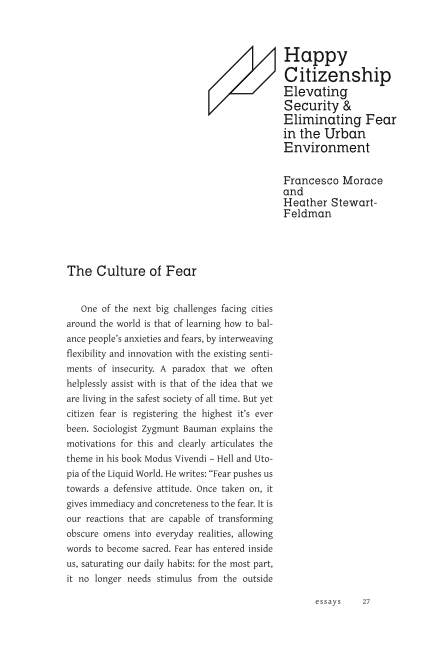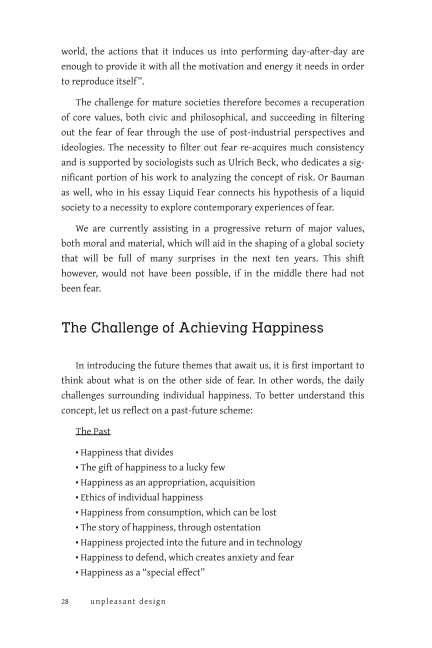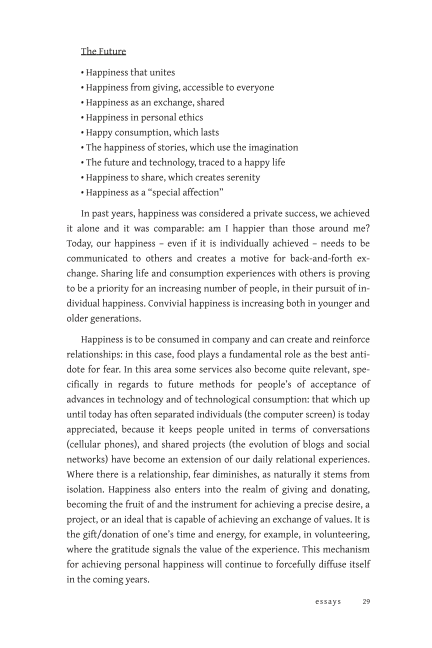In February 2013 we published the first eidtion of our Unpleasant Design book. The book gathered some of the most witty thoughts and images that described the popular phenomenon called hostile architectures, city design tricks or architectures of control. We have enjoyed and appreciated the interest our book raised among architects, futurists, journalists, citizens and other invested parties.
Our second edition is digital only, featuring new material and the good old Unpleasant theory. It is coming out on the 29th of July, available for preorder at amazon:
amazon.com
amazon.de
We look forward to hearing your thoughts on Unpleasantness in the future.
towards a definition
Unpleasant design is an accumulation of urban phenomena in which social control and its inherent design are playing a significant role in the way we perceive and engage in public, semi-public and semi-private space. This page aggregates appearances of urban design processes and tools aimed specifically at people to make them feel uncomfortable or interfere with their general behaviour within certain frameworks; hence its research title “unpleasant design”. These implementations range from architectural interventions within the built environment, to electronic devices modifying and diffusing our lived environment. Our claim is that designing “unpleasant design” is an intricate process. It is planned in detail and its execution is delicate.
(more…)
When talking about Unpleasant Design as an urban phenomenon, we like to refer to historical examples from the times when the meaning of ‘urban’ was being defined. For example, one can find relevant the following excerpt from the book The Bridge on the Drina by Yugoslav writer Ivo Andrić (p. 112). He talks about an ongoing negotiation process between the authorities trying to implement systematic illumination on the streets of the old casbah, and the citizens who were used to spending their evenings on the bridge, dicsussing daily topics in darkness.
(more…)
